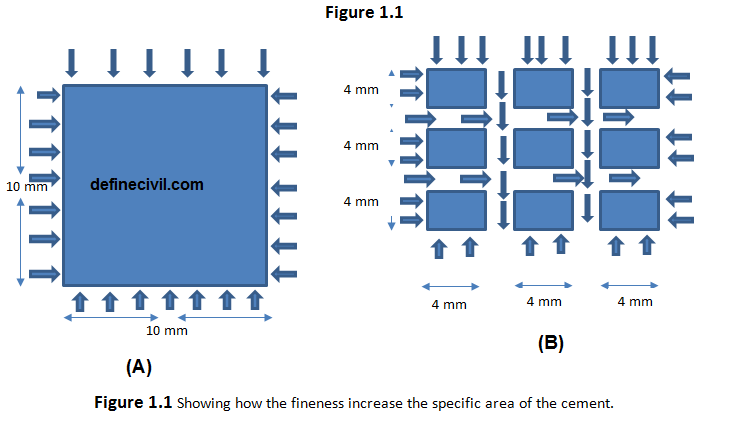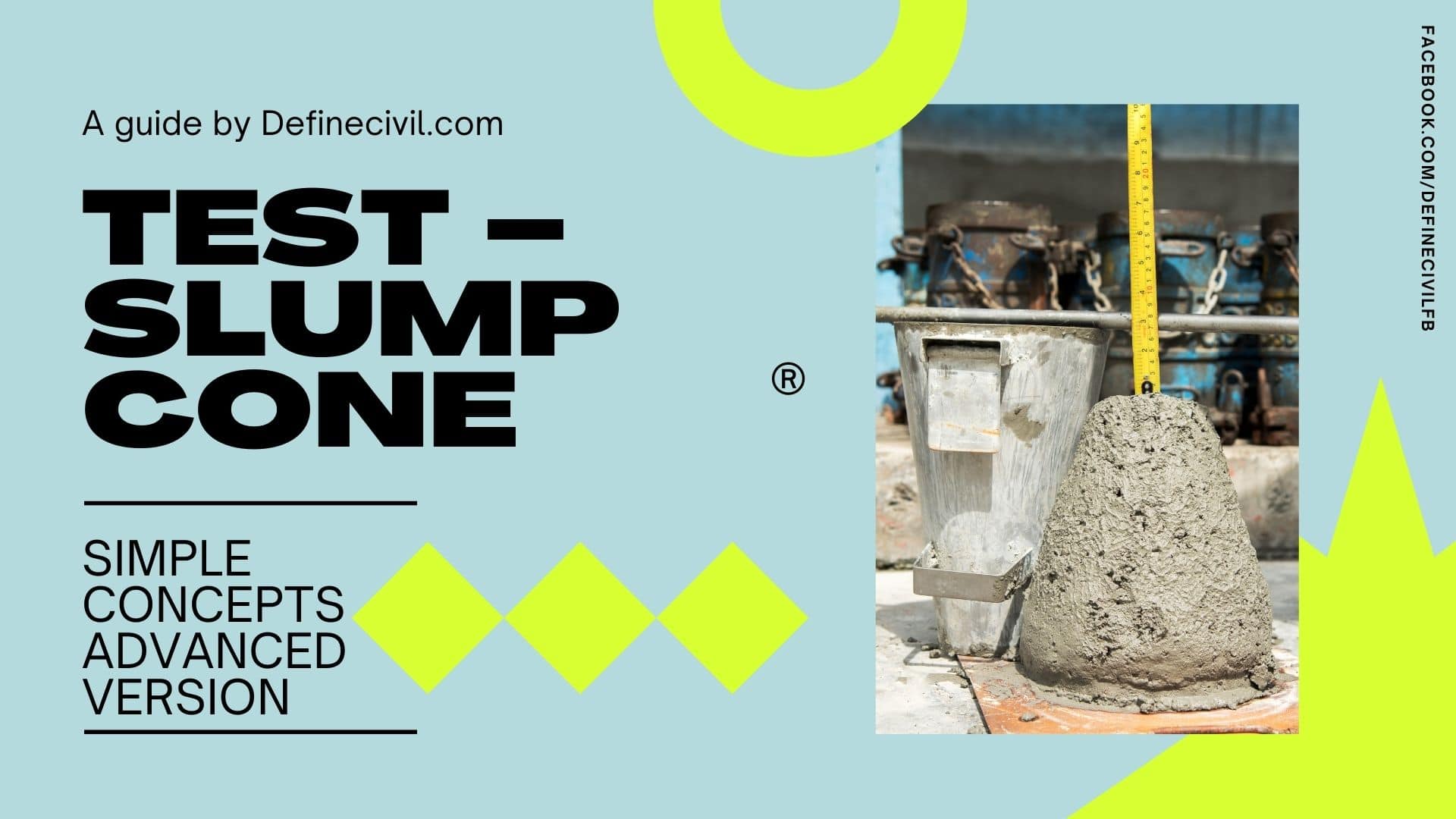Fineness of Cement by Blaine’s Air Permeability test
Air permeability test or Blaine’s air permeability method is one of the most accurate methods of finding the fineness of the cement. In this method, we determine fineness of the cement with the help of an apparatus patented by LEA and NURSE, it is done by the NURSE and BLAINE’S method as, apparatus consists of … Read more









